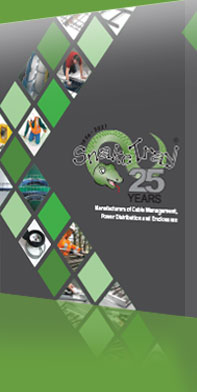Storing surplus energy, whether derived from renewable sources, nuclear, or fossil fuels, has become a priority for many utilities and power generation companies.
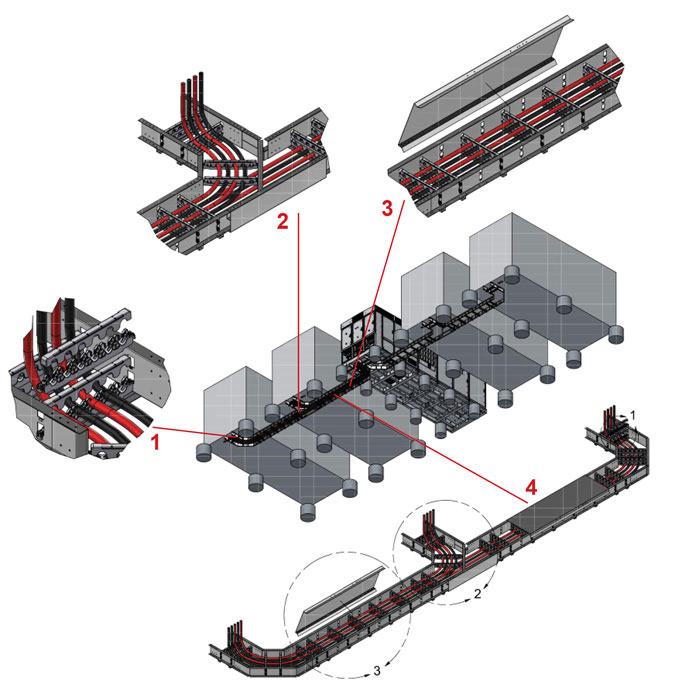

Storing surplus energy, whether derived from renewable sources, nuclear, or fossil fuels, has become a priority for many utilities and power generation companies.
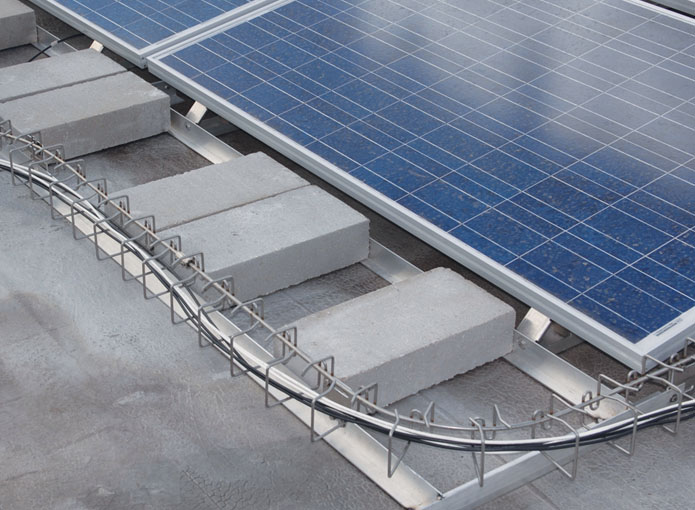
These days, power hungry utilities and large power consuming entities like hyperscale data centers will leverage almost any flat surface, into a clean energy producing platform to generate incremental power or offset energy costs.
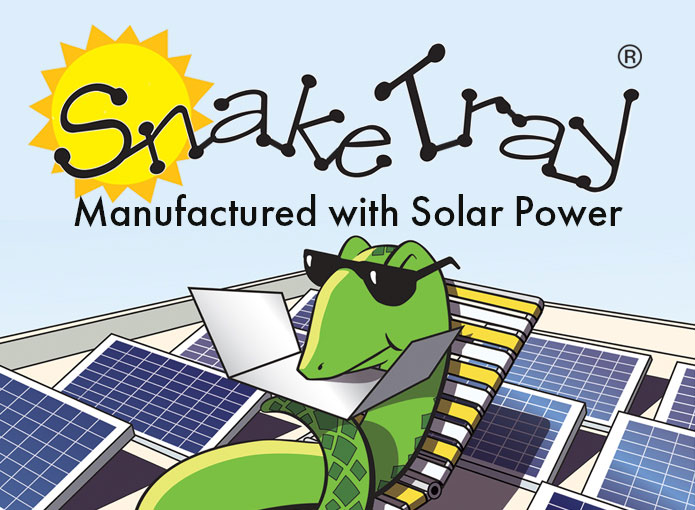
At Snake Tray®, we take environmental responsibility seriously. We are committed to manufacturing our products in ways that minimize the impact on the environment. Not only do Snake Tray products and solutions save energy and natural resources to help our clients meet compliance standards for energy-efficient building design, but they are also manufactured using equally high environmental standards.

A sleek new museum will soon join the skyline of Los Angeles; multiple cranes are currently on the job erecting the The Lucas Museum of Narrative Art.
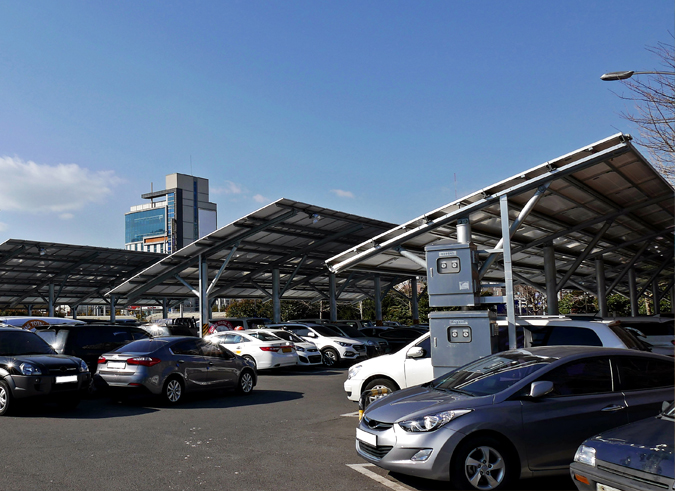
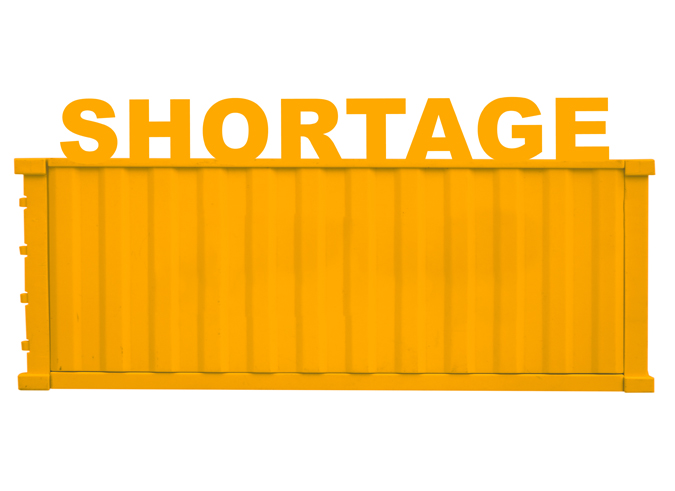
The construction industry is beginning to rebound from the COVID-19 pandemic. After seeing project starts and bidding activity drop significantly in 2020, Autodesk’s 2021 Construction Outlook report sees a positive near-term future. New starts, project restarts, and starting backlogs are rising in all sectors; residential, commercial, and non-building infrastructure.
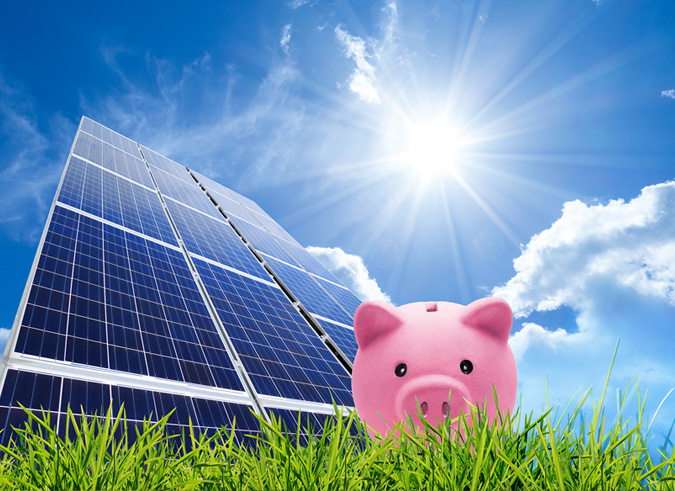
We’ve been telling solar operators how the Snake Tray Solar Snake Max XL™ system saves money on materials and labor while increasing daily energy harvest by up to 30-watt hours per meter over traditional trenching and bundling cable methods, and now we have the numbers to back it up.

It’s a simple truth: Projects that are better designed in the beginning have better outcomes in the end. The reason is less changes on the job site. Fewer change orders mean lower costs through proper material estimating, less surprise charges, reduced overtime expenses, and fewer delays, allowing contractors to hit construction windows for timely project completion. The result is more profitable projects and happier clients.

The U.S. economy is picking up steam, eclipsing quarterly GDP growth forecasts as America gets back to work after a difficult 2020. The construction industry is seeing upticks in activity for new project starts, resuming construction at paused sites, and rescheduling projects that were put on hold during the pandemic.

There’s light at the end of the COVID-19 tunnel; employees are slowly returning to the office after a year or more of working remotely. While the pandemic has permanently altered the workplace, that doesn’t mean it cannot be reinvented to be even better than before.
